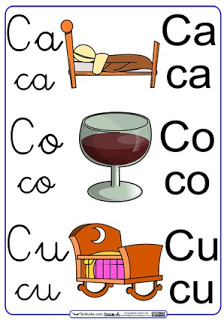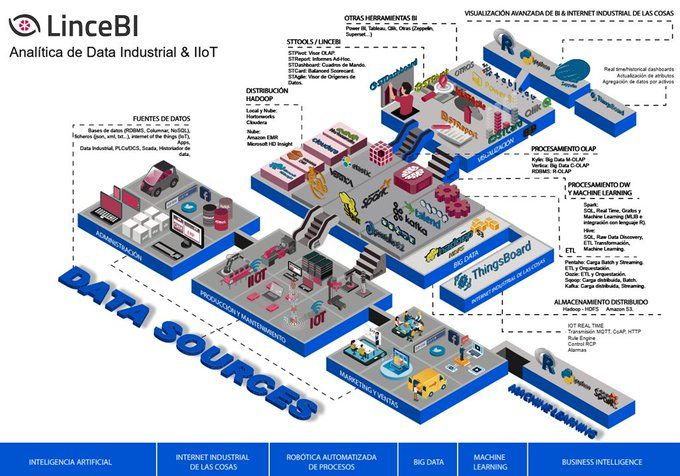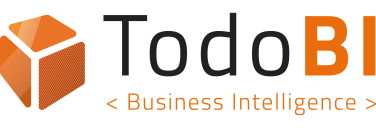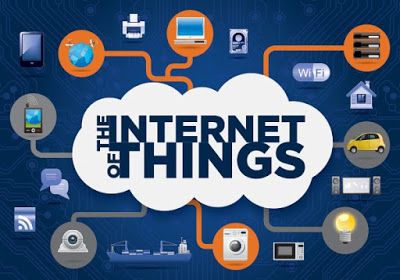1 — Consumption: The first stage of the IoT is always consumption. We could also use the word ‘ingestion’ here i.e. we need to build devices that are capable of producing operational data so that we can consume it into our IT structures.
2– Connection: The existence of smart connections (from sensors and other types of connection points) are essential avenues for IoT construction. Only when we have connectivity to the IoT can we start to build intelligence around the data that it produces.
3 — Conversion: This is the crucial stage that sees us take raw sensor data and convert it into contextualized meaning. Applying human reasoning to raw data is simply not possible, we need to expand the 1s and Os that the machines produce and start to know what information matters where, when and why — this after all is what context is all about.

4 — Centralization: The Internet of Things is everywhere, which is kind of why it got its name in the first place. Given the existence of so many different, disparate, disconnected and disaggregated data streams, the need to centralize that data and bring into one central location is essential if we are to perform big data analytics.
5 — Cognition: This is the part where we make sure that we understand what the data itself means. This is not the same as plain old data conversion, this is a more analytical process where we make sure we can apply context to the data in hand.
6 — Configuration: In this stage, to use Elrifai’s concept directly, we start to channel ‘feedback’ from the cyber world into the physical world i.e. This is where we start to send the data that we have crunched BACK INTO the Internet of Things so that the machines can work better and work smarter.
7 — Coordination: This is where we take the insight we have gained from IoT intelligence and start the process of better business logistics and scheduling i.e. we know what machines are about to fail, what transport networks are about to suffer outages and delays etc. and we can then use that insight to coordinate the logistics arm of the business function.
An eighth C?
If there were an eight C on this list it would be Creativity — this is because big data analytics with the Internet of Things is all about experimentation.
Un ejemplo de plataforma Open Source para crear sistemas Analytics IoT es LinceBI




